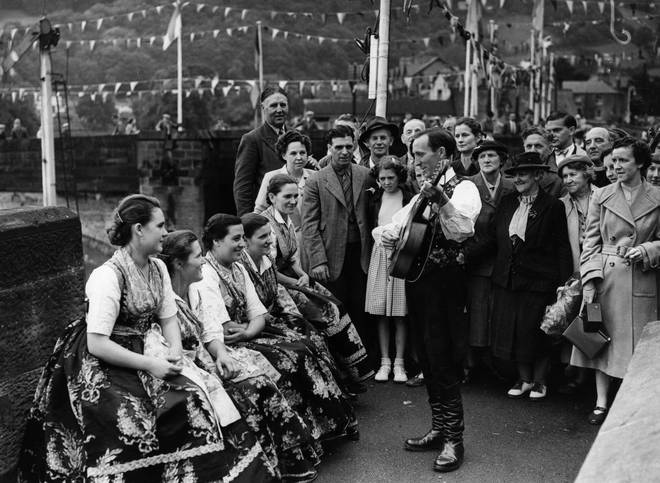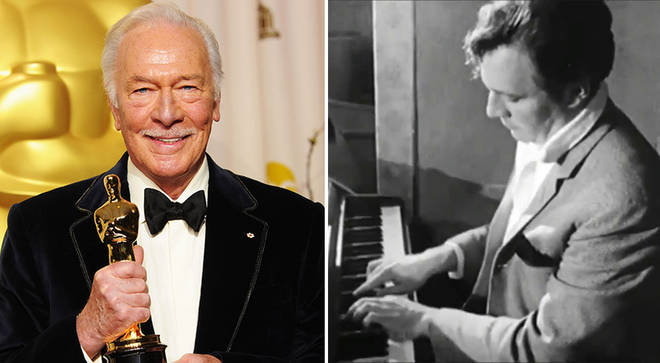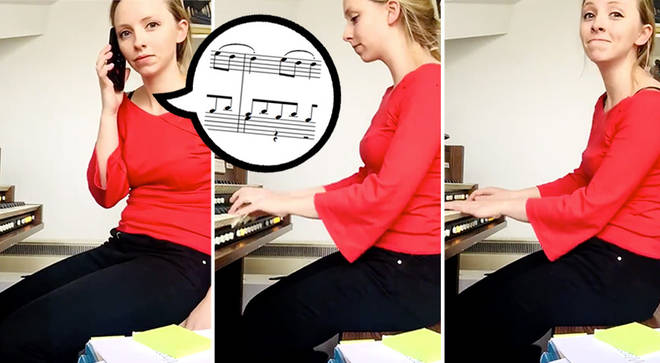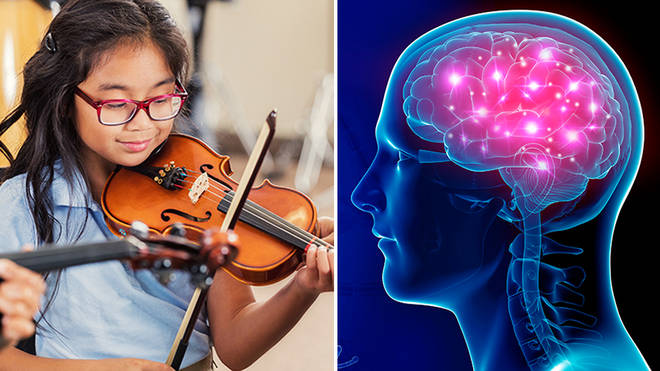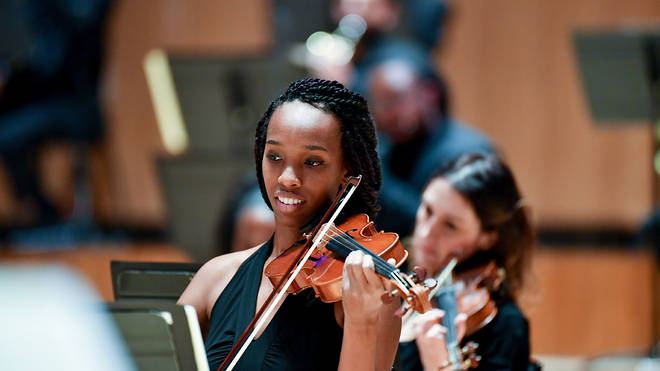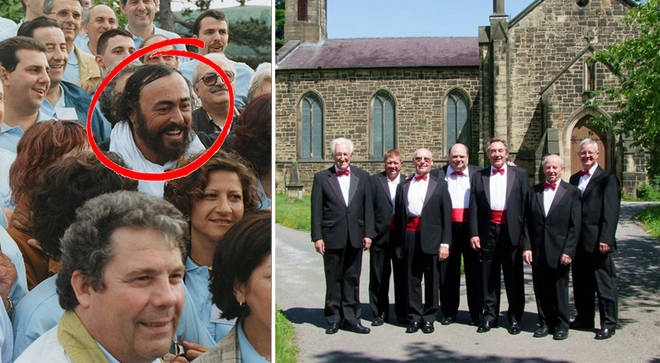
From a local community choir to a worldwide choral sensation – here’s the remarkable history of the tiny Welsh singing ensemble that played a beautiful role in inspiring a young Luciano Pavarotti to deploy his now-legendary pipes.
The Fron Choir is a Welsh village ensemble with an extraordinary history.
Founded in 1947, the all-male chorus has its roots in the Llangollen International Musical Eisteddfod, a competition itself started after the Second World War to promote peace and cultural exchange around the world.
And on the day of the festival, who should show up but a young .
Luciano came with his conductor father, Fernando, whose own male voice choir, the Chorale di Rossini, had travelled from Modena, Italy to take part.
“In those days, competing choirs were lodged with local families,” the choir tells Classic FM. “The mother of two of the Fron Choir choristers, Travis and Vince Griffiths, offered hospitality to two Italian choristers.
“She was allocated a father and son called Fernando and Luciano Pavarotti.”
It was the Chorale di Rossini who took home the Male Voice Choir competition that day. And on hearing all the beautiful music from the , young Luciano was inspired to take up singing and joined the Modena choir himself, which he later described as the most important musical experience of his life.
“Luciano was just a teenager at the time. He apparently enjoyed the experience so much he vowed to return one day,” the choir added.
And, true to his word, he did – some forty years later, in 1995.
“That connection, made in 1955, resulted in his old choir being lodged with members of The Fron Choir,” the choir explains.
“Pavarotti stayed in a local hotel. We had several opportunities to spend time with him and, although we could not share the stage, he requested that we sing a Welsh song for him, which we did – in the car park of the hotel.
“Thus, Fron Choir, Rossini Choir and Pavarotti all came together for a short impromptu performance of about 15 minutes.”
“He was idolised by all the members of his own choir,” a choir member said. “Not even The Pope could have been more revered.
“It was great to watch him rehearse and then to be in the audience at his concert that weekend where all the accolades were fully justified.”


